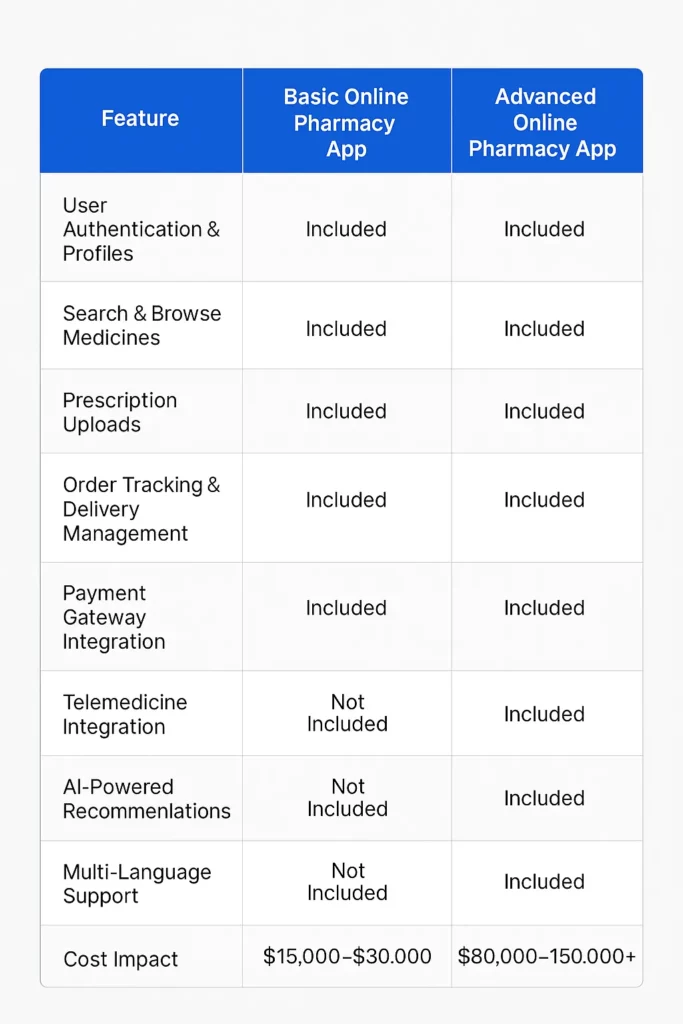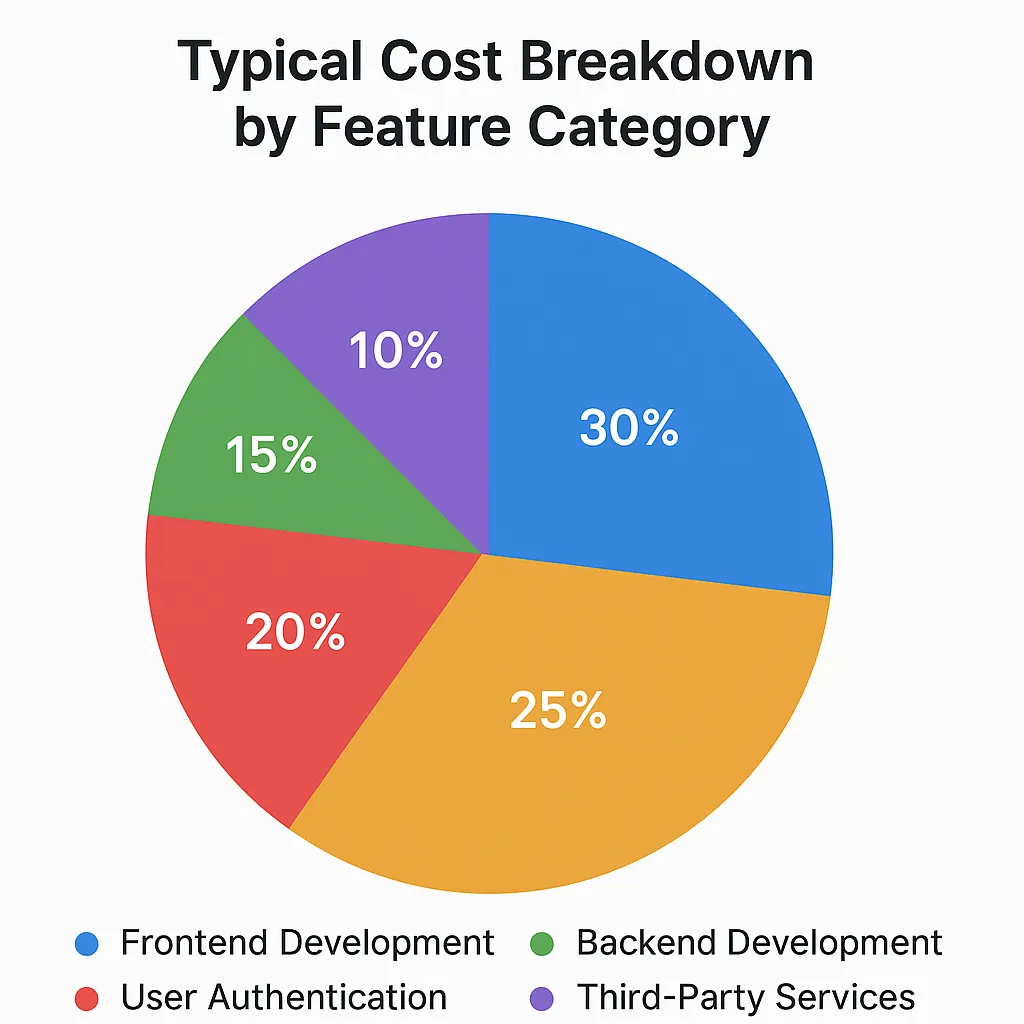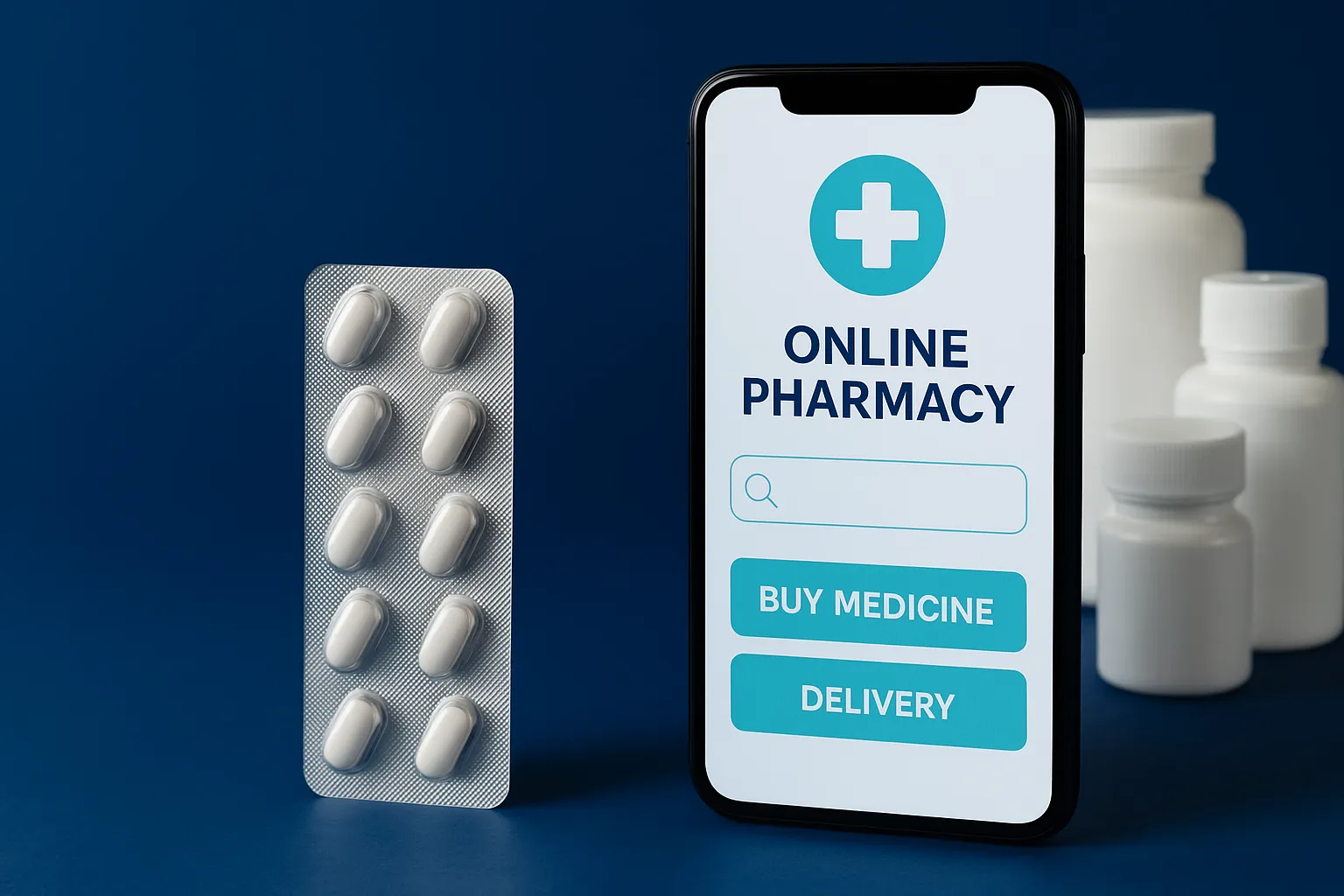Picture this: it’s 2 AM, you’re down with a raging headache, and you’ve just realized you’re out of paracetamol. What’s your first instinct? Grab your smartphone and open your go-to pharmacy app—just a few taps, and a delivery is on its way. That’s the magic of online pharmacy apps—they solve real problems, at real moments, for real people.
But here’s the million-dollar question (literally, for some): how much does it really cost to build an online pharmacy app from scratch? If you’re an entrepreneur, startup founder, or digital business owner with a passion for healthcare and innovation, you’ve probably toyed with this idea. After all, the pharmacy sector isn’t just about pills—it’s about trust, reliability, and convenience wrapped in a sleek digital package.
Spoiler alert: it’s not just about code—it’s about understanding user journeys, legal compliance, and making sure your app doesn’t crumble under sudden surges in demand (hello, flu season). At Miracuves, we’ve helped startups crack this code. So, let’s dive into the nuts and bolts, the hidden costs, and the smart strategies behind building your very own online pharmacy app.
Why Build an Online Pharmacy App? (And Why Now?)
Let’s cut to the chase—the global e-pharmacy market is projected to hit $177.8 billion by 2026 (Statista). That’s a tidal wave of opportunity for digital innovators. With more people glued to their screens and expecting doorstep delivery for literally everything, from groceries to gadgets to meds, it’s no surprise the pharmacy game is going digital.
But it’s not just about market size. It’s about micro-moments—those split-second decisions when a customer needs a prescription refill, or a parent desperately needs cough syrup for their kid. These moments can be a goldmine for app owners who get the UX right. A frictionless app experience—think fast loading times, secure payment options, easy prescription uploads—can make or break loyalty.
So, if you’re planning to jump in, you’re in good company. But remember, competition is fierce. It’s not just your local pharmacy going online—giants like Amazon Pharmacy and 1mg are already playing the game. That’s why building an app that truly resonates with your target audience is the real challenge—and the real opportunity.
Read more: What is a Netmeds App and How Does It Work?
Key Features That Drive Costs
Let’s talk turkey: features are where costs skyrocket. Here’s what a solid online pharmacy app typically includes:
Core Features
- User Authentication & Profiles (Think: secure logins, health data management)
- Search & Browse Medicines (Filter by category, dosage, brand)
- Prescription Uploads (Snap a photo, upload, done)
- Order Tracking & Delivery Management (Real-time tracking, delivery ETA)
- Payment Gateway Integration (Multiple options: cards, wallets, UPI)
- Push Notifications & Alerts (For reminders, discounts, updates)
Read more: Best Netmeds Clone Scripts in 2025: Features & Pricing Compared
Advanced Features (Optional, but highly recommended)
- Telemedicine Integration (Video consults with doctors)
- AI-Powered Recommendations (Personalized medicine suggestions)
- Multi-Language Support (Especially for hyperlocal markets)
- Inventory & Supplier Management System (Backend for seamless ops)

Breaking Down the Cost Factors
Let’s get real: the cost of building an online pharmacy app depends on several moving parts. Here’s a breakdown:
1. App Complexity
A basic MVP (Minimum Viable Product) can start around $15,000–$30,000. But if you’re eyeing an Amazon-level powerhouse with advanced features? Buckle up—costs can soar to $80,000–$150,000 or more.
2. Platform Choice
- iOS, Android, or Both? Building for both = more code, more testing, more $$$.
- Cross-platform frameworks like Flutter or React Native can reduce costs, but may have limitations in performance or scalability.
3. Design & User Experience
Design isn’t just about pretty colors. It’s about user trust, accessibility, and intuitive flows. A sleek UI/UX design can add $5,000–$15,000 to your budget—but it’s often the difference between an app people use and one they delete.
4. Backend & API Integrations
Your app is only as good as its backend. Expect costs for:
- Server setup & maintenance
- Pharmacy API integrations (like HealthKart, PharmEasy)
- Secure data handling (HIPAA, GDPR compliance)
5. Legal & Compliance Costs
Pharmacy apps deal with sensitive data and regulated products. Budget for legal consultations, compliance audits, and data security features—this can add $5,000–$10,000 to your initial costs.

The Hidden Costs No One Talks About
Let’s be honest—building the app is just the start. You’ll need to think about:
- Marketing & User Acquisition (Expect at least $10,000–$20,000 for a decent launch campaign)
- Ongoing Maintenance & Updates (Bug fixes, feature upgrades, server costs—typically 15–20% of initial build cost per year)
- Customer Support Setup (Chatbots, support team salaries)
- Inventory & Logistics Management (If you’re handling physical products)
These hidden costs are often underestimated—don’t let them sneak up on you.
How Miracuves Can Help
Building an online pharmacy app is more than just writing code. It’s about crafting an experience that earns user trust, keeps regulators happy, and grows your business. At Miracuves, we’ve helped entrepreneurs turn their ideas into full-fledged, high-performance apps that are scalable, secure, and ready to monetize.
Whether you’re starting from scratch or need to enhance an existing app, our team knows how to deliver. Ready to turn your vision into reality? Let’s build together.
Conclusion
So, how much does it cost to build an online pharmacy app? The honest answer: it depends. But with the right strategy, the right features, and the right team, it’s an investment that can pay off big time in the long run.
The pharmacy sector is evolving fast, and the best time to build your app was yesterday—the next best time is today. Don’t wait for the next Amazon to corner the market. Take the leap, start building, and let your app become the go-to pharmacy for your customers’ needs.
At Miracuves, we help innovators launch high-performance app clones that are fast, scalable, and monetization-ready. Ready to turn your idea into reality? Let’s build together.
FAQs
Q:1 How long does it take to build an online pharmacy app?
On average, 3–6 months for an MVP, and 6–12 months for a feature-rich product. Timelines vary based on complexity, team size, and scope.
Q:2 Do I need special licenses to launch an online pharmacy app?
Yes, you’ll need pharmacy-specific licenses, compliance with local health regulations, and data protection certifications like HIPAA or GDPR, depending on your region.
Q:3 Can I integrate telemedicine features later?
Absolutely. Many founders start with core pharmacy features, then add telemedicine, health tracking, or wellness features later as their app grows.
Q:4 What’s the best way to monetize an online pharmacy app?
Think commission on sales, subscription plans for premium features, advertising, or even affiliate partnerships with healthcare brands.
Q:5 Is it possible to launch an app for a local market first?
Yes! Many startups test their app in a specific city or region before scaling up. It helps iron out issues and tailor features to local preferences.
Q:6 What are the key challenges in building a pharmacy app?
Data security, user trust, seamless UX, legal compliance, and managing logistics are the biggies. That’s why working with an experienced team like Miracuves is crucial.
Related Articles:








